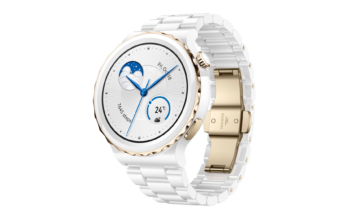
If you’ve gotten used to monitoring your “cardio fitness” score on your Fitbit, Garmin, Apple Health, or any other activity tracker or app, you may have noticed that the score has dropped recently—or perhaps not gone up as much as you would have expected. But if you’ve been keeping up your training, the dip may not actually represent a drop in fitness at all.
I’m talking specifically to those of you who live in climates where it’s currently summer, and the heat is somewhere between intense and oppressive. In other words, much of the United States right now. Naturally, we all run and cycle slower when it’s hot out, and slower still when heat and humidity combine to make being outdoors extra punishing.
And because fitness trackers use your workouts to calculate your cardio fitness score, when you slow down in the summer, that can affect the results.
How your app’s cardio fitness score is calculated
To understand what’s going on, it helps to know how those cardio fitness scores are calculated. While some gadgets, including Fitbits, use your resting heart rate to give a rough estimate when you can’t do a GPS-enabled workout, most devices use outdoor distance runs to figure out how fit you are. If you’re able to run faster than previously while maintaining the same heart rate, or the same speed as before with a lower heart rate, the gadget concludes that you’ve gotten more fit. (Other workouts may also count toward cardio fitness scores, depending on your device; Garmin, for example, can use cycling, provided you have the right setup.)
This makes a lot of sense, and as a result, you can get a decent guess at your VO2max, which would otherwise require a laboratory test. But the algorithm doesn’t account for all the factors that could make you speed up or slow down. Some make sure to only measure cardio fitness on flat ground, which is a good start, but as far as I can tell, none consider the weather.
We run slower in the heat, and our heart rate ramp up to 20 beats per minute faster as our circulatory system reconfigures to keep us cool (opening up more capillaries near the skin, for example, which results in that tomato-faced look as a side effect). As a result, your gadget’s fitness calculations can be thrown off.
I started paying attention to my fitness score back in the spring, and enjoyed seeing it climb slowly higher as I did more cardio. But on the first really hot morning of the summer, I had a thought as I was chugging up a hill: This is going to tank my score, isn’t it? I’ve been watching the numbers, and yep, they’ve dipped a bit ever since temperatures started to climb. According to my Apple Watch, my score averaged 33.5 in April, 34.6 in May, and 34.9 in June, but has now dropped back down to 34.5. The good news is that once the weather cools down again in the fall, I’m likely to see my scores shoot back up.
But more importantly: This is a reminder the numbers that come from your fitness tracker are simply the numbers the tracker can easily measure and calculate. They’re not always the most useful measure by which to understand your fitness. Instead, pay attention to things like how much time you spend training, how consistent you are in your workouts, and how you perform on the metrics that actually matter to you, like your times in goal races. And above all, look for year-over-year trends rather getting worked up about things that change from week to week or day to day. Putting in hard work consistently over the years will always pay off.



